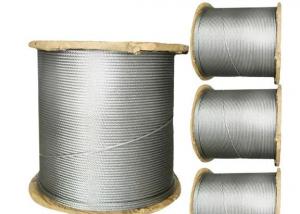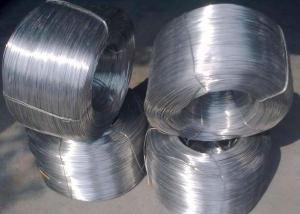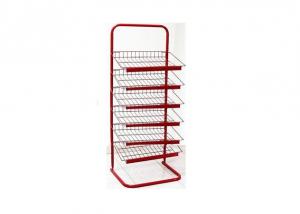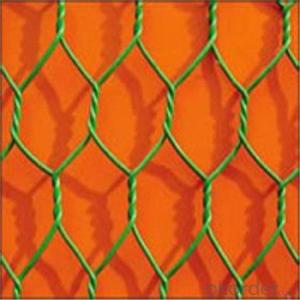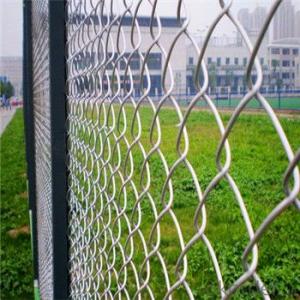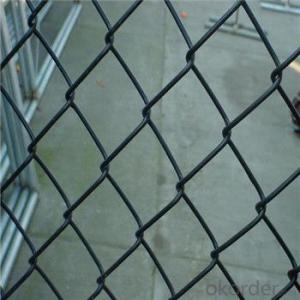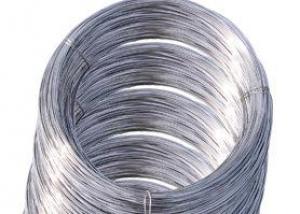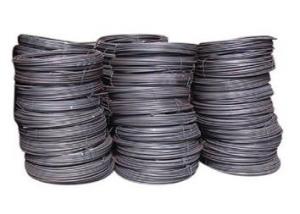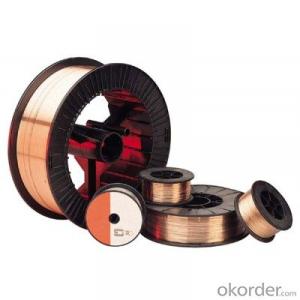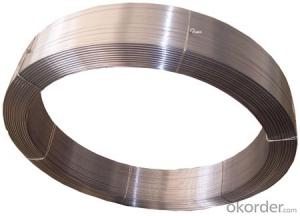Stainless Steel Wire Basket
Stainless Steel Wire Basket Related Searches
Best Paint For Stainless Steel Blanket Insulation For Steel Buildings Primer For Galvanized Steel Foam Filter For Stainless Steel H S Code For Stainless Steel Surface Grinding Wheels For Stainless Steel Surface Grinding Wheels For Hardened Steel Hole Saw For Stainless Steel Paint For Stainless Steel Stainless Steel For BbqHot Searches
Steel Mesh Panels For Sale Price For Stainless Steel Scrap Scrap Price For Stainless Steel Price For Stainless Steel Stainless Steel Tank For Sale Stainless Steel Sheets For Sale Cheap High Tea Sets For Sale Stainless Steel Tanks For Sale Stainless Steel For Sale High Density Fiberboard For Sale Solar Hot Water Collectors For Sale Scaffolding For Sale In Uae Scaffolding For Sale In Ireland Scaffolding For Sale In Houston Type Of Inverter For Solar Price Of Shipping Containers For Sale Types Of Inverter For Solar Stock Price For Aluminum Used Solar Inverter For Sale Steel Mesh Panels For SaleStainless Steel Wire Basket Supplier & Manufacturer from China
Okorder.com is a professional Stainless Steel Wire Basket supplier & manufacturer, offers integrated one-stop services including real-time quoting and online cargo tracking. We are funded by CNBM Group, a Fortune 500 enterprise and the largest Stainless Steel Wire Basket firm in China.Hot Products
FAQ
- Yes, stainless steel wire can be used for straining liquids. Stainless steel is a popular choice for straining liquids due to its durability, resistance to corrosion, and high tensile strength. The wire mesh made from stainless steel is designed with fine or coarse openings, allowing it to effectively strain liquids of different consistencies. Additionally, stainless steel wire mesh is easy to clean and maintain, making it a practical option for various applications such as food preparation, laboratory work, and industrial processes.
- Yes, stainless steel wire can be used for electrical grounding. Stainless steel is a highly conductive material, and it is commonly used in electrical grounding applications where corrosion resistance is required. It can effectively carry electrical current and provide a safe path for the dissipation of electrical charges. Additionally, stainless steel has a high tensile strength, which makes it suitable for grounding systems that may be subject to mechanical stress or tension. However, it is important to ensure that the stainless steel wire used for grounding meets the necessary electrical codes and standards to ensure proper and safe grounding.
- Indeed, stainless steel wire is highly suitable for wire wrapping purposes. Possessing great strength, durability, and resistance to corrosion, it is an exceptional choice for this craft. It finds extensive use in the creation of jewelry, as it imparts stability and support to the beads or stones being wrapped. Moreover, stainless steel wire is available in different thicknesses, facilitating versatility in wire wrapping techniques. It can be effortlessly manipulated and shaped, all while maintaining its strength, thereby ensuring secure placement of the wrapped items. Overall, stainless steel wire emerges as a dependable and widely preferred option for wire wrapping endeavors.
- 202 stainless steel wire can pass 200 hours salt mist test?
- Application of stainless steel passivation liquid: to improve the rust resistance of stainless steel, to enhance the salt spray test ability of stainless steel, and to enhance the added value of products.Adaptation materials: applicable to all 200 and 300 series stainless steels (201, 202, 204, 301, 302, 304, 305, 309, 310, 303, 316, 317,, 321, 347, XM7, and...) Dry rust prevention.
- Yes, stainless steel wire can be used for making wire shelving. Stainless steel is a durable and corrosion-resistant material, making it an excellent choice for wire shelving. It is strong enough to support heavy items and can withstand the weight and stress typically placed on wire shelving. Additionally, stainless steel is easy to clean and maintain, making it a practical option for storage purposes.
- Stainless steel wire is available in different levels of corrosion resistance, which are determined by the composition of the alloy and the presence of certain elements. The most common levels of corrosion resistance for stainless steel wire are as follows: 1. Type 304: This stainless steel wire is widely used and known for its excellent corrosion resistance in most atmospheric environments. It contains 18-20% chromium and 8-10.5% nickel, providing good resistance to corrosion caused by moisture, oxidation, and various organic and inorganic chemicals. 2. Type 316: Compared to Type 304, this stainless steel wire has increased corrosion resistance. It contains 16-18% chromium, 10-14% nickel, and 2-3% molybdenum. The addition of molybdenum enhances its resistance to pitting corrosion caused by chlorides, such as saltwater and marine environments. 3. Type 430: Although not as corrosion resistant as Type 304 or Type 316, Type 430 stainless steel wire offers good resistance to atmospheric corrosion and mild chemicals. It contains 16-18% chromium and is mainly used in applications where high corrosion resistance is not a primary requirement. 4. Type 302: This stainless steel wire is often used in applications that require high strength and moderate corrosion resistance. It contains 17-19% chromium and 8-10% nickel. While it offers good resistance to many chemicals, it may not be suitable for highly corrosive environments. 5. Type 321: Specifically designed for high-temperature applications, this stainless steel wire offers excellent resistance to intergranular corrosion. It contains 17-19% chromium, 9-12% nickel, and 0.08% carbon, which helps prevent sensitization and subsequent corrosion in certain environments. To ensure optimal performance and longevity of the wire, it is important to select the appropriate level of corrosion resistance based on the specific application requirements. Factors such as exposure to moisture, chemicals, temperature, and environmental conditions should be considered.
- Yes, stainless steel wire connectors can be used for grounding. Stainless steel is a highly conductive material and can effectively transfer electrical current. When properly installed and secured, stainless steel wire connectors can provide a reliable and durable grounding connection. However, it is important to ensure that the stainless steel wire connectors are specifically designed for grounding applications and meet the necessary electrical codes and standards. Additionally, it is crucial to follow proper installation procedures and consult with a qualified electrician if unsure about any aspect of the grounding system.
- Yes, stainless steel wire can be used for safety barriers. Stainless steel is a highly durable and corrosion-resistant material, making it ideal for applications where safety and longevity are important. It provides a strong and secure barrier, capable of withstanding harsh environmental conditions and frequent use. Moreover, stainless steel wire is resistant to rust and corrosion, ensuring its effectiveness and appearance over time. Whether for industrial, commercial, or residential purposes, stainless steel wire is a reliable choice for safety barriers due to its strength, durability, and resistance to wear and tear.
















